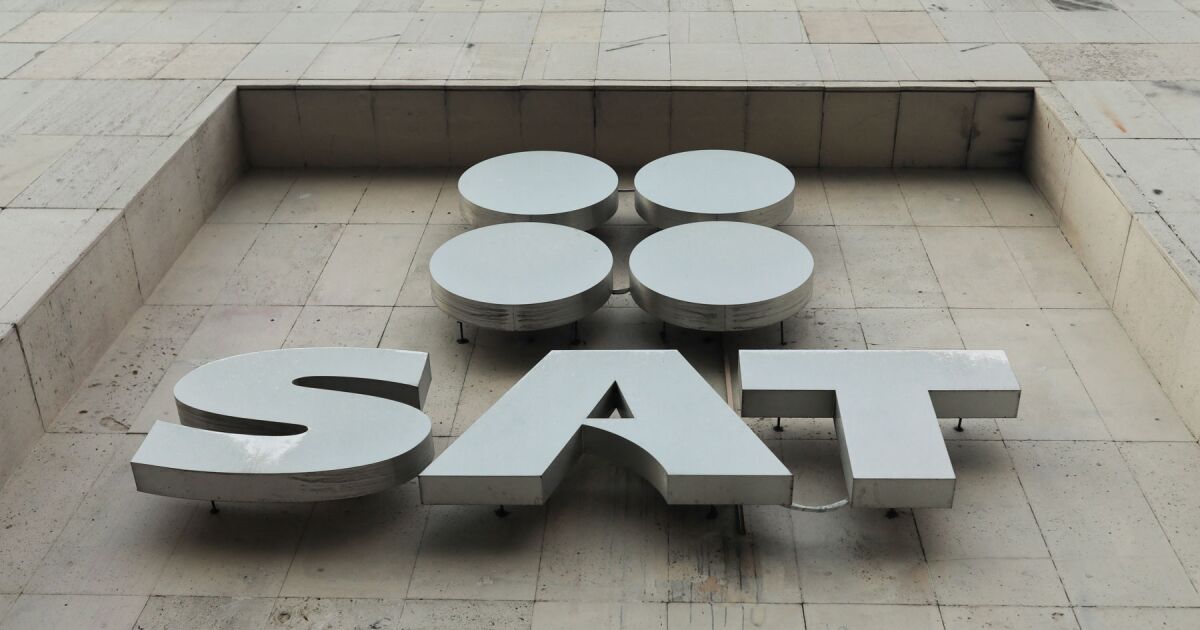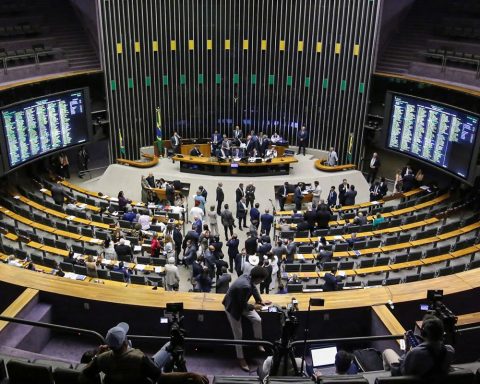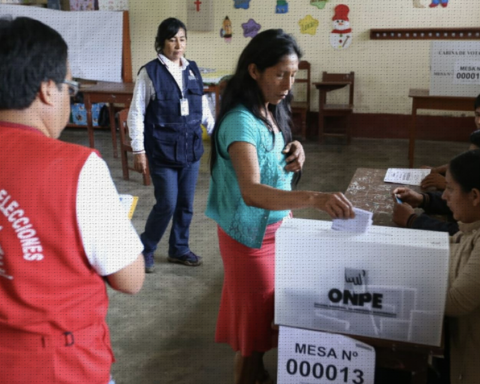“At all times when using this Artificial Intelligence, the decision is always made by a public servant and the processes we have within. Between the two types of AI, they make it easier for us to manage large amounts of information,” explained Gari Flores Hernández González, general administrator of the SAT Collection Department.
Read more: How much do taxpayers owe the SAT? Latest report reveals it
“If you put all that information (of invoices) into the cloud, into the databases, there you find, in all that information, the taxpayers who make tax plans, those who sell invoices, the taxpayer who reduces the taxable bases,” said the general administrator of Collection of the SAT.
“Let’s put it in very practical terms; it differentiates between those who behave badly and those who behave well. Because bothering those who behave well makes us spend resources of all kinds; human, financial (…) We only use those two types of AI to make ourselves more efficient, to hit the target,” he commented in an interview.
According to the SAT, the cost of collection in the last year has been the lowest in the last five years, since for every 28 cents invested, 100 are collected, while in 2019 the cost was 34 cents for every 100 pesos recovered.
The official explained that, for example, with the help of AI, it is possible to detect in all these invoices, a funeral home in Mexico City that issues invoices for 10 million pesos, but for selling bicycles in Tijuana, which does not make sense, “then the human part says, hey this was identified, it is an input susceptible to auditing, and then initiate the committee processes to authorize the audits,” he explained.
“That is what artificial intelligence is for at the SAT. And the results we are already seeing today are part of the intersections that both machine learning and graph analytics make,” the official commented.
It was last January that the Mexican treasury announced the Using AI in its 2024 Master Plan to improve audit processes and improve service to taxpayers.
According to figures from the Ministry of Finance and Public Credit (SHCP), 2 trillion 526,306 million pesos were collected from January to June, which represents an increase of 251,220 million compared to the same period in 2023, that is, a real growth of 6.1%.
This figure exceeded the budget set out in the Federal Revenue Law (LIF) for the first six months of the year, by collecting 100.1%.














